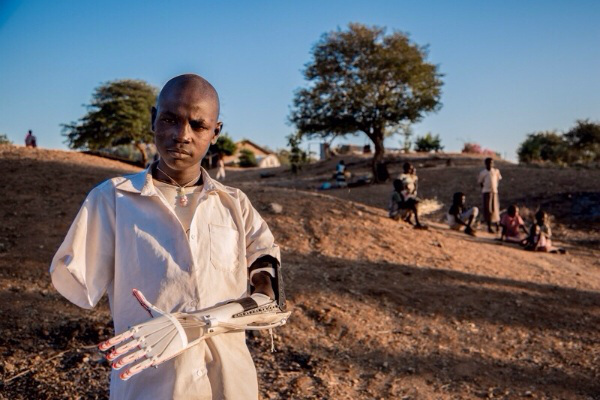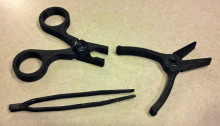3D printed prosthetic arms in Sudan
Daniel Omar was only 14 the South Sudanese government dropped a bomb on rebel forces nearby, and the he lost both his arms. With the help of philanthropist Mick Ebeling , co-founder and CEO of research firm Not Impossible Labs, Daniel was able to feed himself for the first time in two years. The printed arm and hand will give him…


